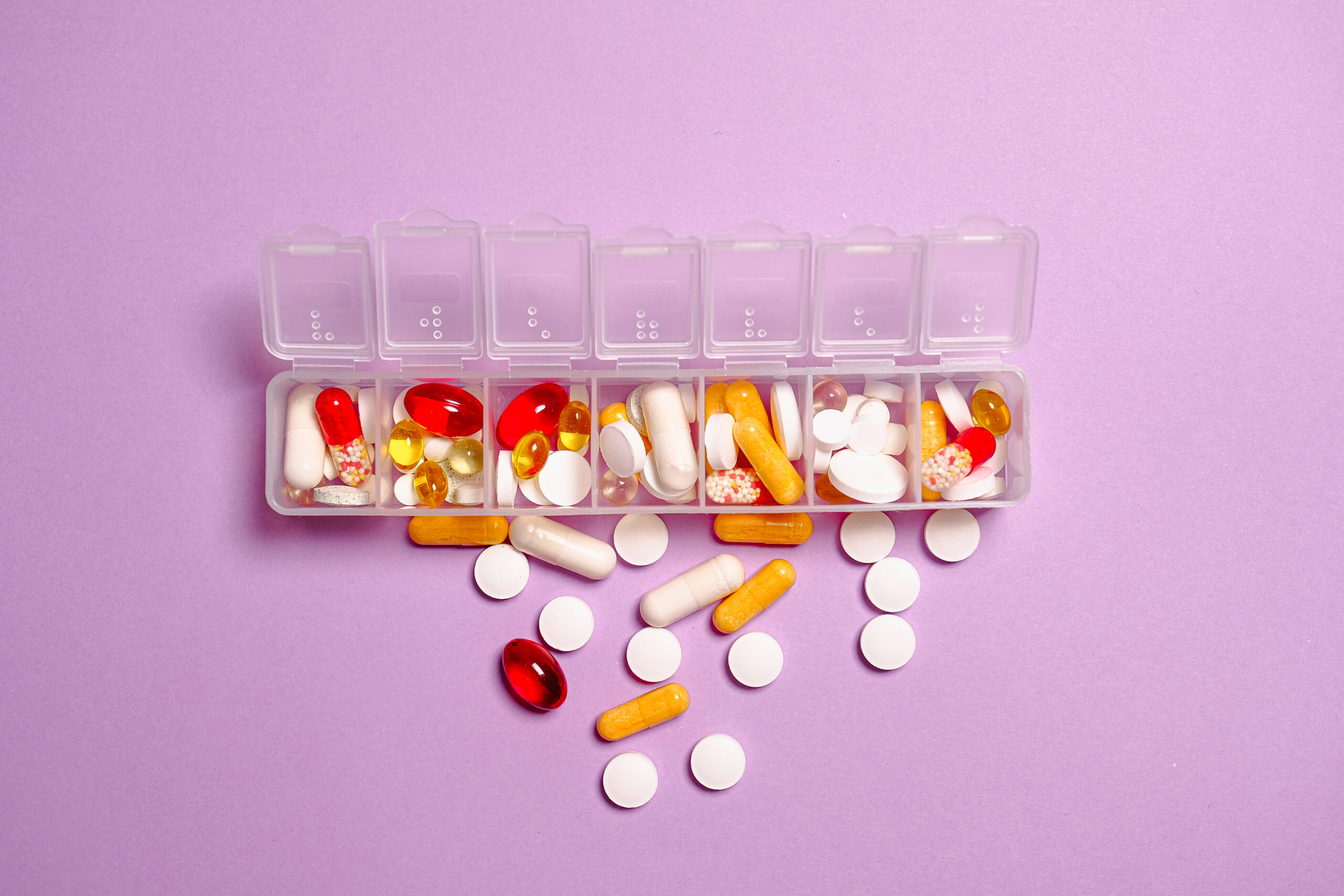Are there any drug interactions with Fexofenadine?
Title: Unraveling the Potential Drug Interactions with Fexofenadine
Introduction:
In the realm of allergy management, Fexofenadine is a popular antihistamine known for its effectiveness in relieving common symptoms such as sneezing, itching, and watery eyes. However, as with any medication, it’s essential to be aware of possible drug interactions that could occur when taking Fexofenadine alongside other medications. In this blog, we will explore the potential drug interactions associated with Fexofenadine, shedding light on the precautions to ensure your well-being.
Understanding Fexofenadine:
Fexofenadine is classified as a second-generation antihistamine commonly used to relieve allergy symptoms caused by hay fever, allergic rhinitis, or chronic urticaria. It blocks the action of histamine, a substance naturally produced by the body during an allergic response, thereby reducing allergy symptoms. Fexofenadine is available over-the-counter in various brand names and is generally considered safe for most individuals.
Potential Drug Interactions:While Fexofenadine is usually well-tolerated, it can interact with certain medications, affecting their effectiveness or leading to unwanted side effects. Here are some notable drug interactions to be aware of:
1. Antacids:Antacids containing aluminum and magnesium hydroxide may reduce the absorption of Fexofenadine. It is recommended to avoid taking antacids within two hours before or after consuming Fexofenadine to prevent any potential interactions.
2. Fruit Juices:Grapefruit, apple, and orange juices may inhibit the absorption of Fexofenadine and decrease its effectiveness. It is advisable to refrain from consuming these juices at the same time as taking the medication.
3. Ketoconazole:Ketoconazole, an antifungal medication, may increase the levels of Fexofenadine in the blood, potentially leading to side effects. If you are prescribed both Fexofenadine and Ketoconazole, your healthcare provider may adjust the dosage accordingly.
4. Erythromycin:Erythromycin, an antibiotic, may also increase the levels of Fexofenadine in the blood, potentially causing an increased risk of side effects. Your healthcare provider might recommend adjusting the dosages or considering an alternative antihistamine.
5. Other Medications:Although Fexofenadine has a low likelihood of interacting with other common medications, it is always advisable to consult your healthcare provider or pharmacist before combining it with other prescription or over-the-counter drugs. This includes medications such as antifungals, antibiotics, antidepressants, and certain heart medications.
Conclusion:
While Fexofenadine is generally safe and well-tolerated, it is crucial to be aware of potential drug interactions that may affect its effectiveness or lead to adverse effects. Understanding which medications may pose a risk when taken alongside Fexofenadine can help you make informed decisions regarding your allergy management and ensure your well-being. If you have any concerns or questions about potential interactions, it is best to consult your healthcare provider or pharmacist, who can provide personalized guidance based on your specific medical history and current medications.
Remember, by being proactive and informed, you can make the most of your allergy treatment while minimizing the risk of drug interactions.



